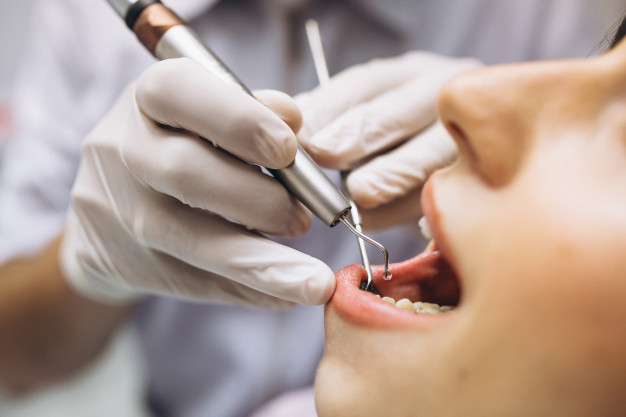A dental filling is a bio-compatible tooth colored material used to restore lost tooth structure and function either due to cavities, wear and tear or fractured tooth structure.
Routinely used dental fillings include glass ionomer cement and composite resin cement, both of which are high strength tooth colored cements.
Depending on the depth of loss of tooth structure and the symptoms experienced, the cement best suited for the tooth is chosen.
If you have undergone a filling today or are advised to get a filling done, depending on the filling the following do’s and don’ts must be employed:
1.GLASS IONOMER CEMENT FILLING:
- Avoid eating or drinking anything for half an hour post filling treatment. This is to ensure complete setting of the cement as the final set of the cement takes approximately half an hour.
- If anaesthesia was administered, the lips check tongue and the area around the tooth maybe numb for a while. This is normal. Refrain from biting your lip or cheek. Avoid drinking or eating anything too hot till the numbness subsides.
- It is normal to experience some hot, cold and pressure sensitivity after the filling placement. Deeper the cavity or fracture the sensation is more exaggerated. These symptoms subside over time.
- Regularly floss and brush the filled tooth for improved hygiene and longevity of the tooth
- The finished filling maybe contoured slightly different and may have a different texture. Your tongue often magnifies this minute difference, but you will get accustomed to in a few days.
- If you are experiencing any discomfort with the filled tooth contact us for an evaluation.
- Scheduling an appointment for a regular check-up of the filling every six months keeps the filling in check.
2.COMPOSITE RESIN FILLING:
- Avoid biting down on anything too hard as it may fracture the filling.
- Avoid eating or drinking coloured food and beverages.
- It is normal to experience some hot, cold and pressure sensitivity after the filling placement. Deeper the cavity or fracture the sensation is more exaggerated. These symptoms subside over time
- Regularly floss and brush for improved hygiene and longevity of the tooth and filling. Floss gently to prevent dis-lodgement of the filling.
- If you are experiencing any discomfort contact us for an evaluation.
- The finished filling maybe contoured slightly different and may have a different texture. Your tongue often magnifies this minute difference, but you will get accustomed to in a few days.
- Regular check-ups every six months is advised.

